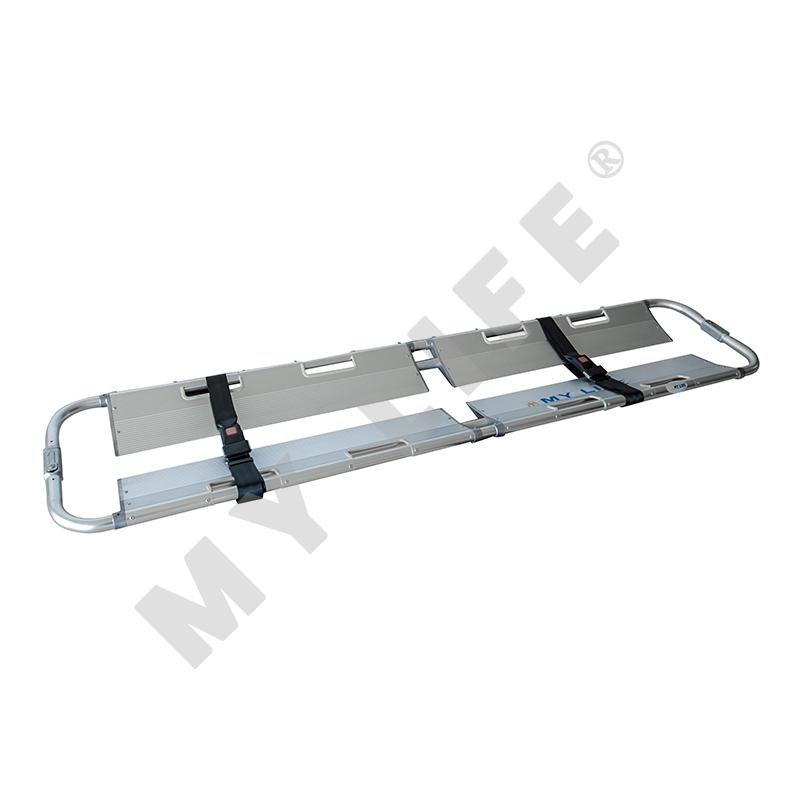Why are scoop stretchers usually radiolucent?
Scoop stretchers are often designed to be radiolucent, meaning that they do not interfere with X-ray or other imaging technologies. There are several reasons for this design choice:


Medical Imaging: When a patient is placed on a scoop stretcher, it is often because they may have suffered a spinal injury or need to be immobilized for other medical reasons. In such cases, healthcare providers may need to perform X-rays or other imaging studies to assess the extent of the injury. Radiolucent materials do not block X-rays, allowing for clear imaging of the patient's spine and other body parts without the need to remove them from the stretcher.
Convenience: Using radiolucent scoop stretchers eliminates the need to transfer a patient to another surface or remove the stretcher for imaging purposes. This can save time and reduce the risk of further injury or discomfort for the patient.
Safety: Immobilizing a patient with a suspected spinal injury can be challenging, and moving them from one surface to another can pose risks. Radiolucent scoop stretchers minimize the need for potentially risky transfers, helping to ensure patient safety.
Efficiency: In emergency situations, time is often critical. Radiolucent scoop stretchers streamline the process of assessing and diagnosing injuries, as healthcare providers can quickly perform imaging studies without major interruptions in patient care.
It's important to note that while scoop stretchers are often radiolucent, they should still be used under the guidance of trained healthcare professionals who are familiar with proper immobilization techniques to minimize the risk of further injury to the patient.

 英语
英语 中文简体
中文简体






